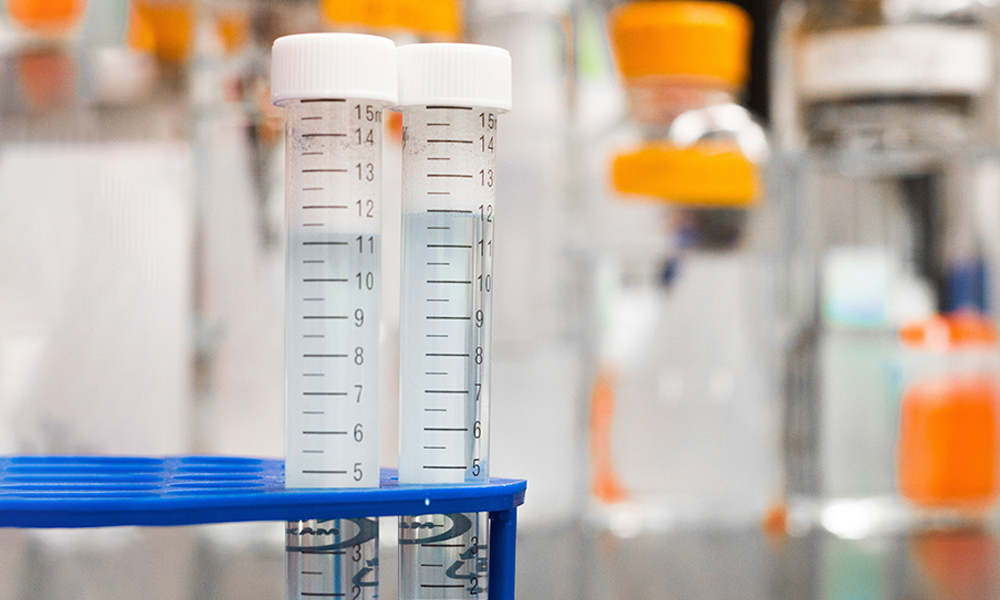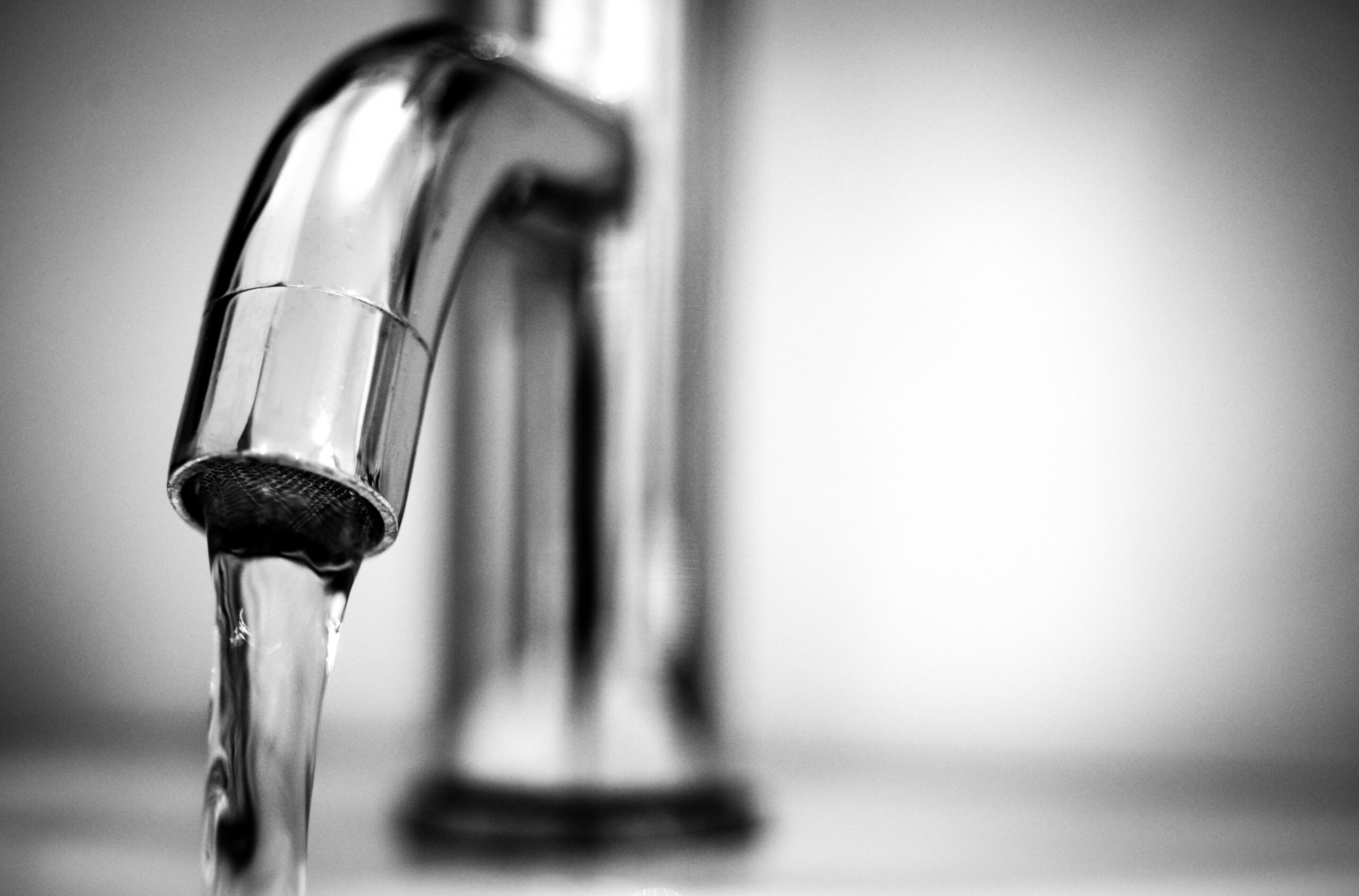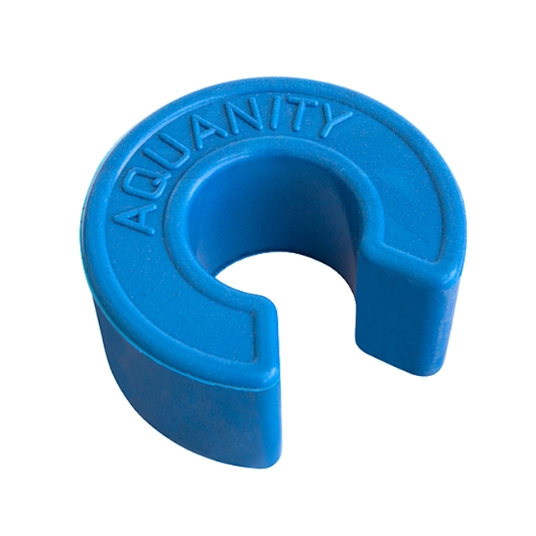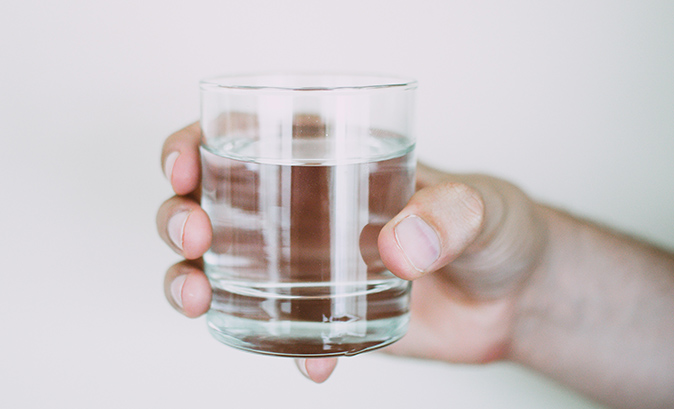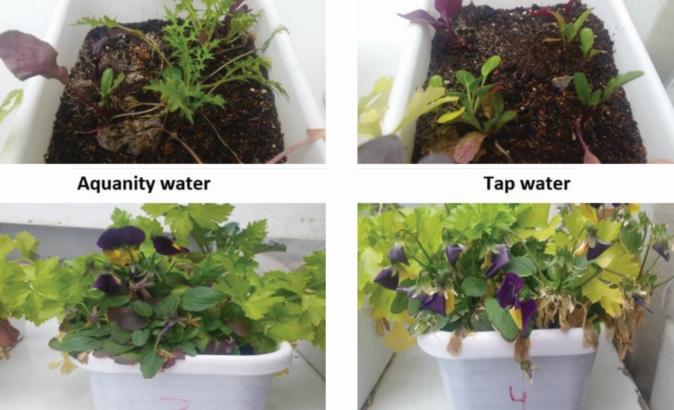Aquanity Aqualizer
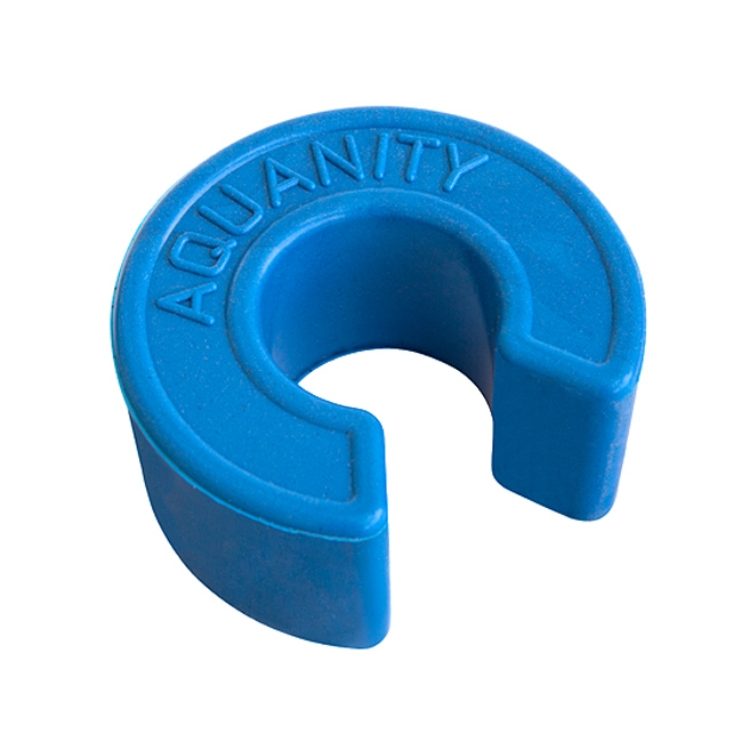
Faculty of exact sciences, Tel Aviv University
The rationale of this experiment was to try to evaluate and differentiate the quality of Aquanity fresh water according the taste of examinees.
For this purpose, a blind taste test conducted, including 25 participants. They were asked to taste the different water types and answer the following questions:
What do you feel in your mouth? Does the water flow smoothly in your mouth? Is there any aftertaste? Is it tasty? Does it have a metallic taste?
In the taste test, it is clearly evident that Aquanity water showed a prominent advantage over other water types.
The rationale of this experiment was to examine whether Aquanity water inhibits limescale sedimentation on the heating element of a kettle.
This experiment provides an indication of the amount of salt sedimentation as a consequence of the water boiling process. Limescale deposition usually causes a frequent replacement of kettles, as well as a bad aftertaste of hot drinks. Furthermore, limescale deposition on the heating element increases the energy consumption needed for reaching a certain temperature, hence, larger limescale deposition causes a longer boiling time. In this experiment, three identical new kettles were used to compare the three water types.
this experiment was conducted in the laboratory, under suitable and controlled conditions enabling growth of plants. The plants’ growth was done in planters. Each planter contained the types of plants watered with Aquanity water, planter 4 – watered with tap water. In each planter three types of plants were planted (flowers, celery and broccoli), as well as twelve seeds of baby leaves. The observation lasted for a period of several months. Every week, plant development data was taken (height of plant and number of new leaves).
